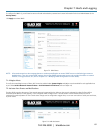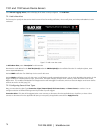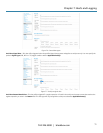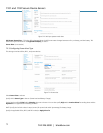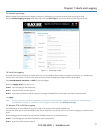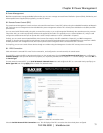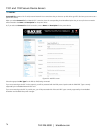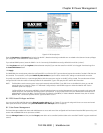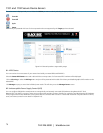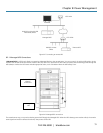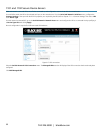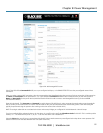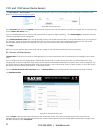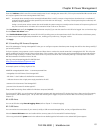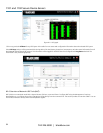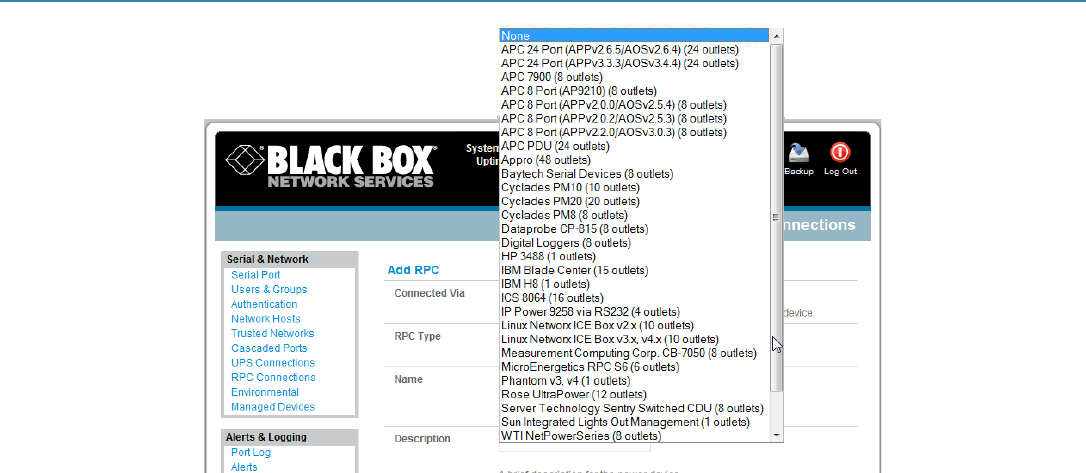
Chapter 8: Power Management
724-746-5500 | blackbox.com
77
Figure 8-3. RPC descriptions.
Enter the Username and Password used to login into the RPC (Note that these login credentials are not related to the Users and access privileges
you configured in Serial & Networks: Users & Groups).
If you selected SNMP protocol, enter the SNMP v1 or v2c Community for Read/Write access (by default this would be “private”).
Check Log Status and specify the Log Rate (minutes between samples) if you want the status from this RPC to be logged. View these logs from
the Status: RPC Status screen.
Click Apply.
For SNMP PDUs, the console server probes the configured RPC to confirm the RPC Type matches and reports the number of outlets it finds that can
be controlled. If unsuccessful, it will report Unable to probe outlets and you’ll need to check the RPC settings or network/serial connection.
For serially connected RPC devices, a new Managed Device (with the same name as given to the RPC) will be created. The console server will then
configure the RPC with the number of outlets specified in the selected RPC Type or will query the RPC itself for this information.
NOTE: The Black Box console servers support most popular network and serial PDUs. If your PDU is not on the default list, then you can add
support directly (as covered in Chapter 15—Advanced Configurations) or add the PDU support to either the Network UPS Tools or
PowerMan open source projects.
Configure IPMI service processors and BMCs so that all authorized users can use the Management Console to remotely cycle power and
reboot computers, even when their operating system is unresponsive. To set up IPMI power control, the Administrator first enters the IP
address/domain name of the BMC or service processor (for example, a Dell DRAC) in Serial & Network: Network Hosts, then in Serial &
Network: RPC Connections specifies the RPC Type to be IPMI1.5 or 2.0.
8.1.2 RPC Access Privileges and Alerts
You can now set PDU and IPMI alerts using Alerts & Logging: Alerts (refer to Chapter 7). You can also assign which user can access and control
which particular outlet on each RPC using Serial & Network: User & Groups (refer to Chapter 5).
8.1.3 User Power Management
The Power Manager enables both Users and Administrators to access and control the configured serial and network attached PDU power strips, and
servers with embedded IPMI service processors or BMCs.
Select the Manage: Power and the particular Target power device to be controlled (and the Outlet to be controlled if the RPC supports outlet level
control).



